

The 2019 World 5G Convention took place from Nov. 20 to 23 in Beijing, bringing together businesses, industry insiders and those interested in the cutting edge technology under the theme of "5G changes the world, 5G creates the future".
A range of engineering models, security network models and entertainment services equipped with 5G technology were displayed in the Beijing Etrong International Exhibition & Convention Center located in the southeast of the city.
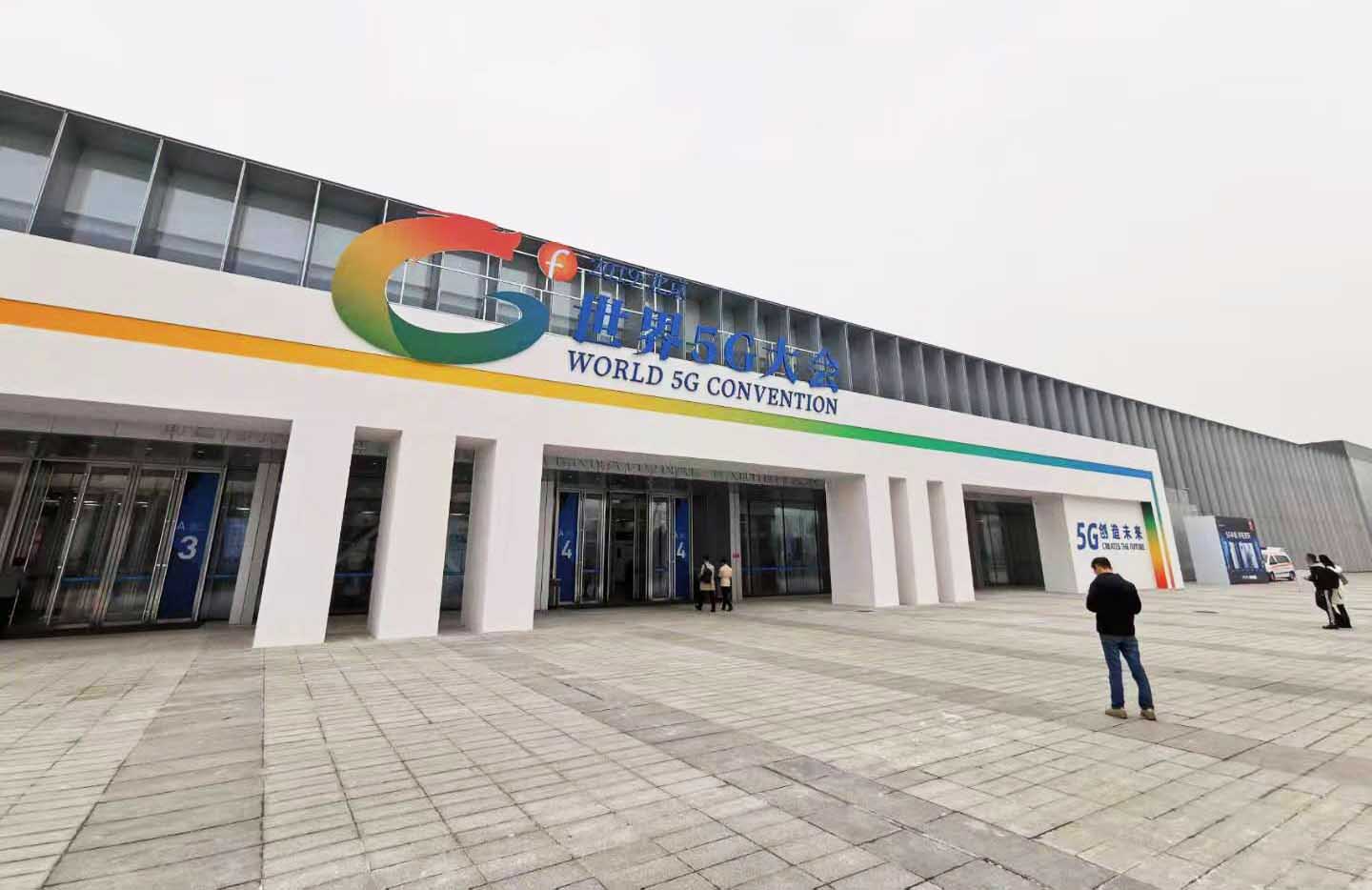
World 5G Convention kicked off at the Beijing Etrong International Exhibition & Convention Center on Nov. 20. (People's Daily Online/He Zhuoyan)
According to a report from the China Academy of Information and Communications Technology, the commercialization of 5G in China is expected to generate a direct economic output of 10.6 trillion yuan (US$1.5 trillion) from 2020 to 2025, plus an indirect economic output of about 24.8 trillion yuan, while directly creating more than 3 million jobs.
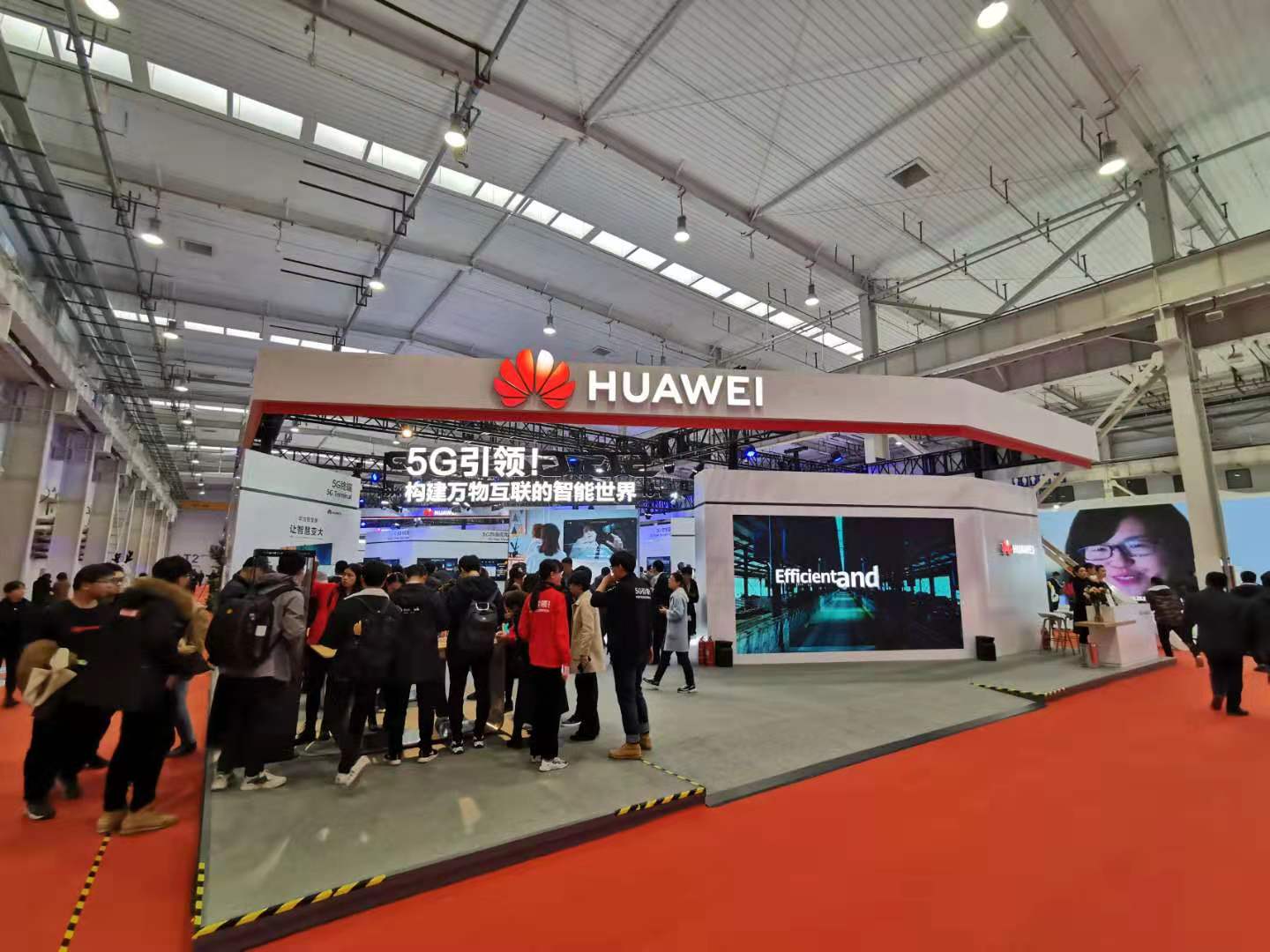
World 5G Convention kicked off at the Beijing Etrong International Exhibition & Convention Center on Nov. 20. (People's Daily Online/He Zhuoyan)
Besides profits and job creation, 5G is making other changes in China and, indeed, the world.
Sports games from different angles
"We are working in progress to provide our customers with more immersive ways of watching sports," said a Huawei employee.
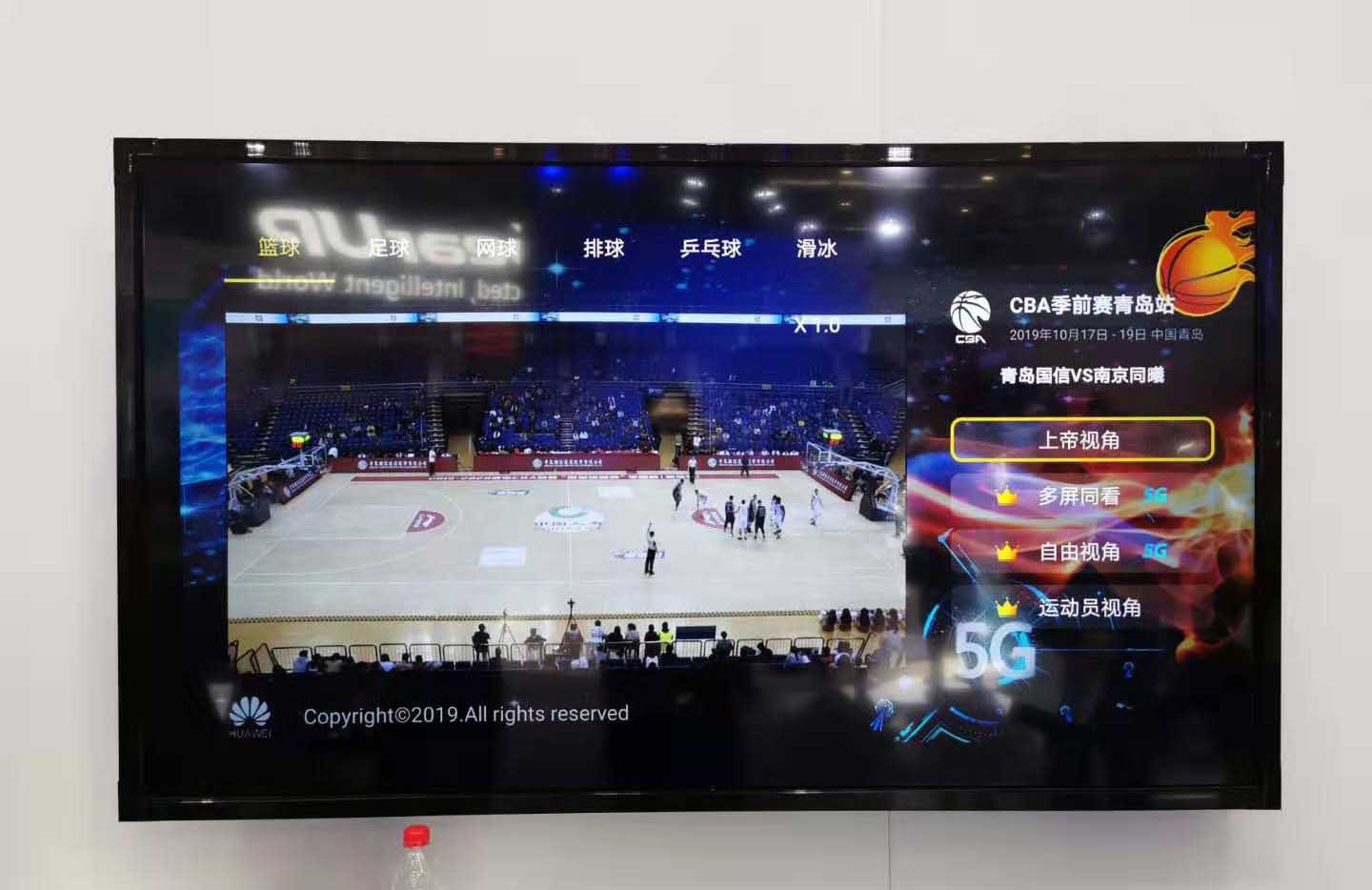
The live-streaming of the Chinese basketball league from different angles. (People's Daily Online/He Zhuoyan)
The employee explained that Huawei has been working with different Over the Top (OTT) services and mobile phone companies to come up with an application that could use 5G to watch a live game from different angles.
The live demonstration shows a CBA game divided into four live parts with different angles, including birds-eye view, multi-screen angles, free-angle and players' angle. The free-angle allows users to tap and drag the screen to get a 360-degree view of the whole basketball court.
"It will take us longer to get a full coverage of every sport game because not every venue has the capacity to allow for multi-camera live-streaming and synchronizing them simultaneously through the high bandwidth network" said the employee, "but we have made a solid plan to collaborate with sports leagues in China, and moreover, entertainment industries to provide the users with more immersive experiences in the coming years."
Singing with the stars
If you have ever considered stepping into stardom, here might come the chance.
The AR (Augmented Reality) Concert uses 5G technology to allow users to sing with their idols in a creative, interactive style. By using holographic projection to cast your real figure onto the screen, customers can sing with their heroes with low network latency, often between 10 to 40 milliseconds, thanks to 5G technology.
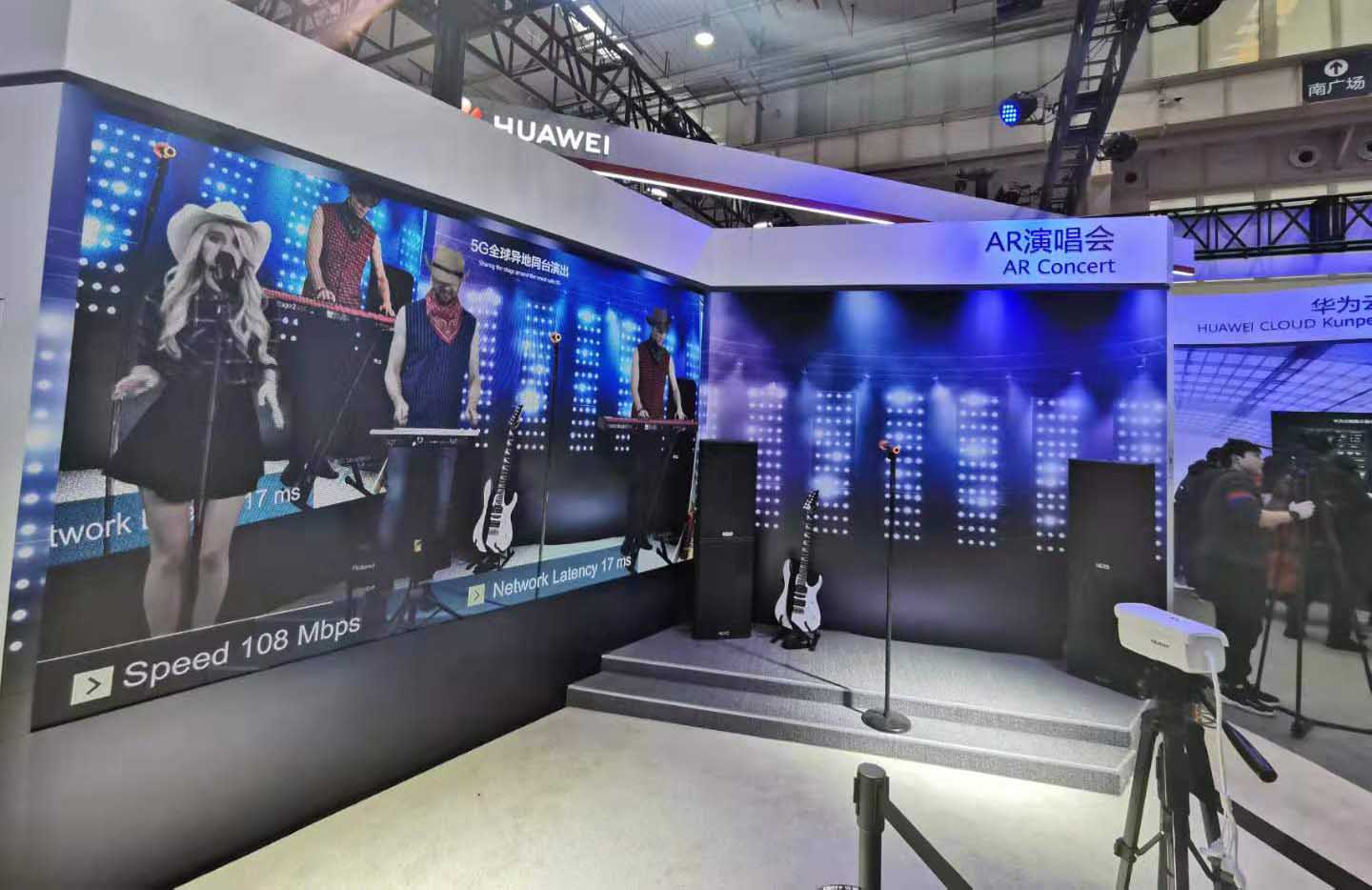
By using holographic projection to cast your real figure onto the screen, customers can sing with their heroes with low network latency. (People's Daily Online/He Zhuoyan)
The Huawei employee noted that such technology could be used in situations including KTVs, live communication between musical institutes and cooperation between musical industries.
There's no need to meet a doctor in person
"Traveling between different cities just to find a better doctor is often time-consuming," said an employee at the 5G Smart Healthcare booth. "With 5G, we could achieve a remote diagnosis and even real-time operations," he added.
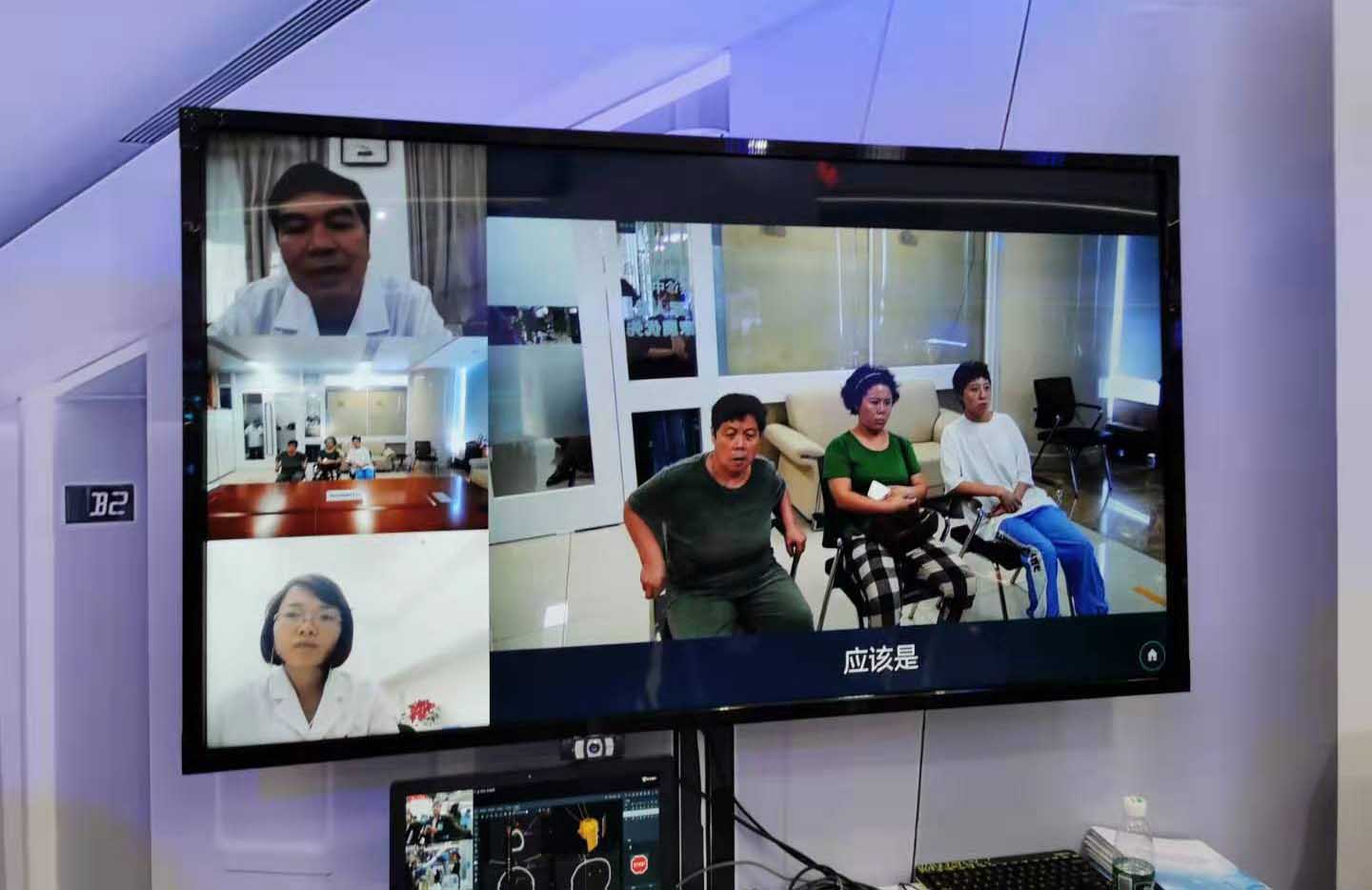
A demo shows doctors diagnosing patients via HD video conference. (People's Daily Online/He Zhuoyan)
He elaborated further on the high-level standard required for hospital 5G radio access networks. The average downlink throughput should be 450 Mbps while the uplink should be 50 Mbps. The average Round-Trip Time (RTT) delay between a medical terminal and a local medical application platform should be 20ms or below.
Plus, the average packet loss rate should be 5‰ or below, and the access success rate should be 98 percent or above.
How 5G changes the way you pay taxes
"We are the only state organ here at this exhibition," said Chen Meixiang, deputy director of the information center of Dandong Municipal Tax Service of State Taxation Administration.
According to Chen, starting in 2017, the smart taxation system patented under Dandong Municipal Tax Service has gone through seven prototype stages to better serve citizens.
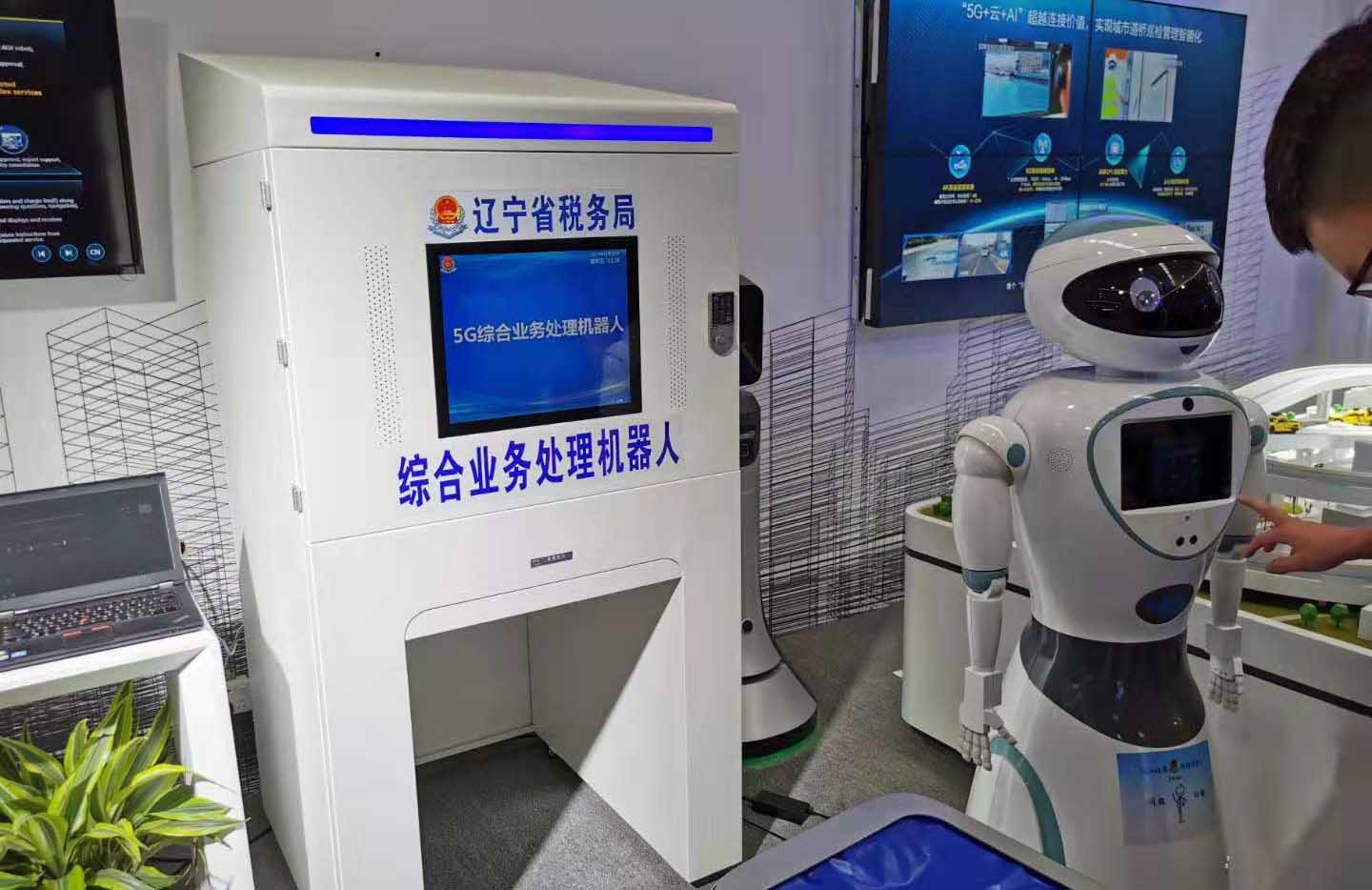
The smart taxation system invented by Dandong Municipal Tax Service. (People's Daily Online/He Zhuoyan)
"With the help of 5G technology and AI, smart taxation solutions could easily handle over 95 percent of all tax categories," said Chen. "It helps to free the tax collectors from trivial paperwork and devote more time to fieldwork to perfect the taxation system," he added.
When asked how the 5G smart taxation system is different from previous generations based on 4G networks, Chen told People's Daily Online that 5G has a higher bandwidth, lower network latency and higher transmitting speed, which are all essential for the cloud to handle a massive amount of online requests simultaneously. In this way, 5G significantly reduces the time needed for citizens to fulfill their taxation responsibilities.
The city with a brain
The "brain of city safety," otherwise known as the smart city, developed by 360 Total Security, provides another way of dealing with city safety issues.
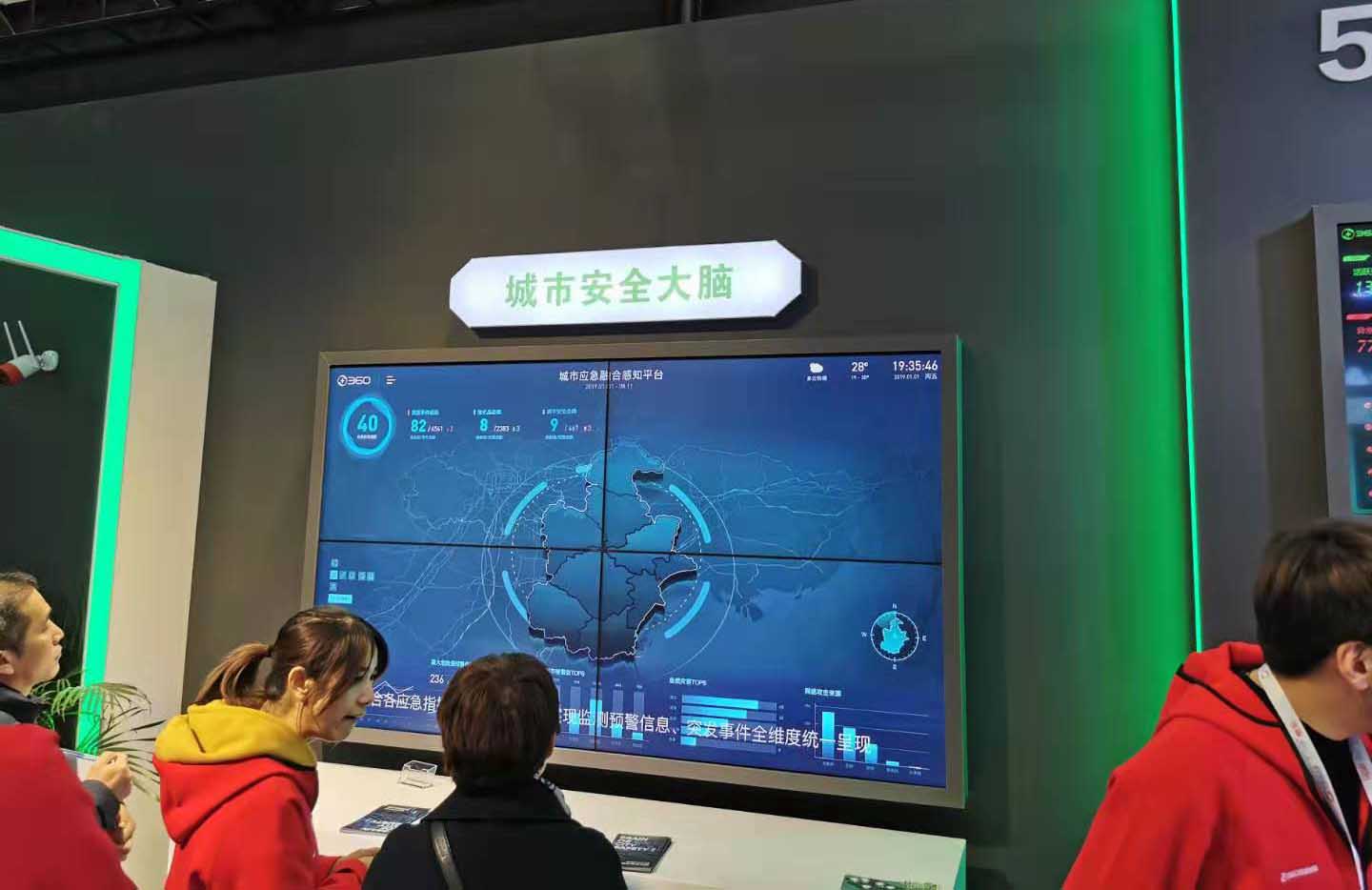
The demo shows how computers can manage emergency cases happening around the city. (People's Daily Online/He Zhuoyan)
They have implemented a highly automatic computerized network driven by big data, the Internet of Things (IoT) and 5G to predict or detect emergency cases around the city.
Zhao Weiting, an expert at Smart City Solutions told People's Daily Online that the smart city system has changed the way that emergency cases are dealt with.
"In the past, when an emergency case happened, all we could do was deal with it afterward," said Zhao, "but now the smart brain can collect a large amount of data and analyze it. From this, we can predict a potential case based on abnormal patterns detected by the system and send them to safety departments to make a final decision."
He later gave an example of how the system works, "it could be used as a type of pyramid scheme crime prevention."
In China, the pyramid scheme is a financial crime which illegally detains a group of people to work at the bottom of the pyramid and expand the network to provide for the top of the scheme. "When the smart system detects a sudden abnormal rise in utilities from a certain apartment over a short period, there could be a possibility of crowd-gathering which often indicates that a group of victims have been detained in one room," Zhao explained.
According to Zhao, the smart city system has already been deployed in the city of Chongqing and Tianjin, and is planned in more cities in the coming years.
Taking over life-threatening jobs
China Telecom presented its remote control vehicle at the exhibition. The vehicle, hundreds of miles away in Nanjing, gives a real-time reaction based on your signal sent from the simulator in the Beijing convention center. The real-time feedback from the simulator and the live images transmitted from the cameras installed on the vehicle makes it hard to differentiate from a real driving experience.
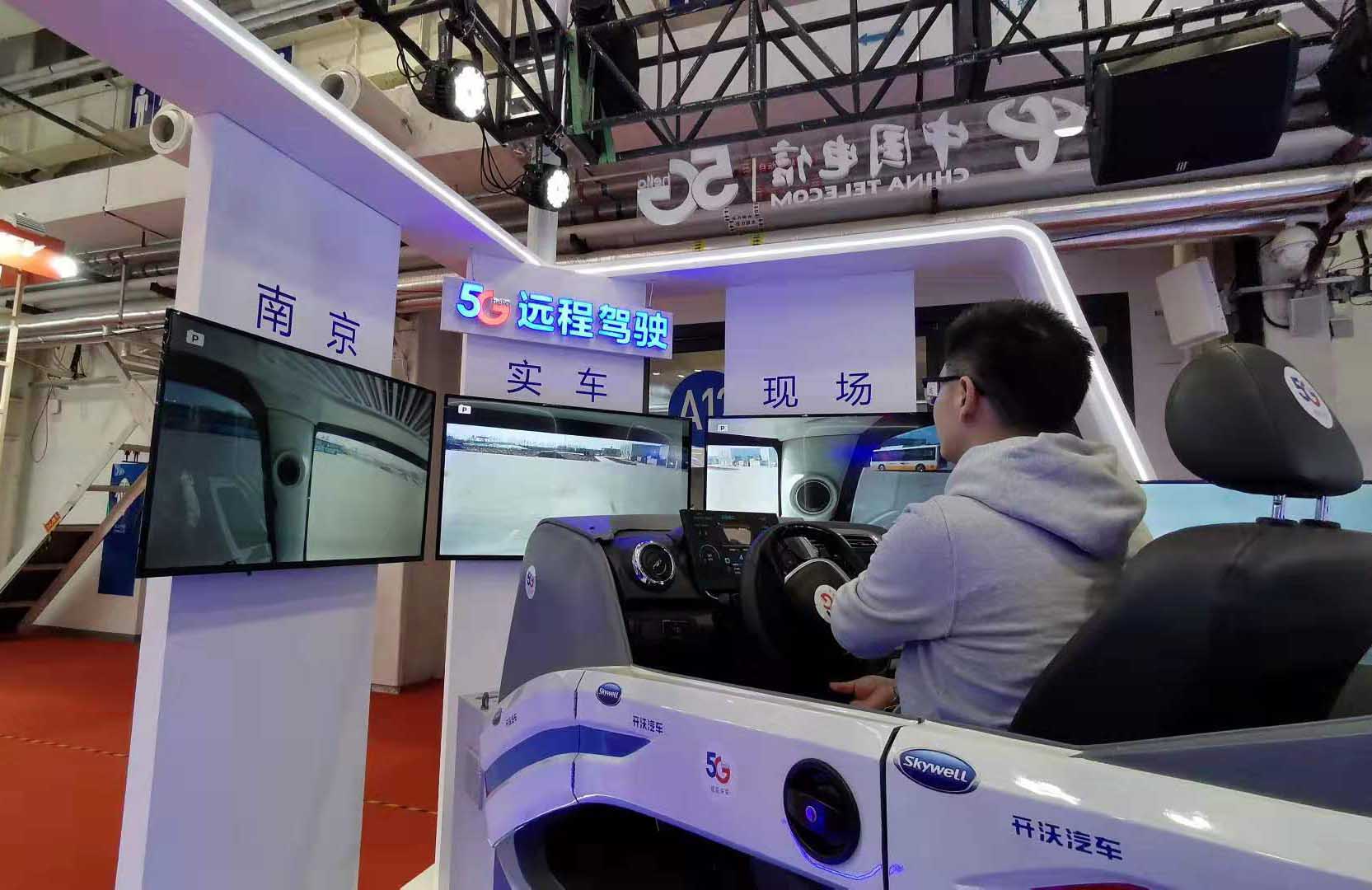
Journalist from People’s Daily Online experiences the remote control vehicle. (People's Daily Online/He Zhuoyan)
"The network latency could be as low as 70 ms," said Wang Jiaqi, an employee from China Telecom, "it means that you can ignore the latency when you drive the vehicle."
Wang explained that such technology could be used in dangerous scenarios, such as oil drilling, fire-fighting, or any other emergency response job that could be life-threatening to people on the ground.

 Award-winning photos show poverty reduction achievements in NE China's Jilin province
Award-winning photos show poverty reduction achievements in NE China's Jilin province People dance to greet advent of New Year in Ameiqituo Town, Guizhou
People dance to greet advent of New Year in Ameiqituo Town, Guizhou Fire brigade in Shanghai holds group wedding
Fire brigade in Shanghai holds group wedding Tourists enjoy ice sculptures in Datan Town, north China
Tourists enjoy ice sculptures in Datan Town, north China Sunset scenery of Dayan Pagoda in Xi'an
Sunset scenery of Dayan Pagoda in Xi'an Tourists have fun at scenic spot in Nanlong Town, NW China
Tourists have fun at scenic spot in Nanlong Town, NW China Harbin attracts tourists by making best use of ice in winter
Harbin attracts tourists by making best use of ice in winter In pics: FIS Alpine Ski Women's World Cup Slalom
In pics: FIS Alpine Ski Women's World Cup Slalom Black-necked cranes rest at reservoir in Lhunzhub County, Lhasa
Black-necked cranes rest at reservoir in Lhunzhub County, Lhasa China's FAST telescope will be available to foreign scientists in April
China's FAST telescope will be available to foreign scientists in April